Strategic Panoramic Analysis: Understand the Panoramic Images, learn to recognize artifacts and real pathologies.
Course
Dental professionals must understand the difference between normal anatomical landmarks and abnormal findings, such as artifacts or pathology, which may be present on a panoramic image when viewing both the mandible and maxilla in the one projection. It is recommended to review the image systematically in order not to overlook anything that might be a deviation from normal. The focal trough is the area in which structures will appear most sharply and clearly. Structures, which fall in front of or behind, the focal trough, can be distorted, magnified or reduced. Panoramic radiography offers several advantages over conventional intraoral radiography. Broad anatomic region is imaged, including additional visualization of the areas of the body of the mandible beyond the periapical region, the ramus, the temporomandibular joint, the maxillary sinus and the stylohyoid complex. The focal trough is the area in which structures will appear most sharply and clearly. Magnification, geometric distortion, and overlapped images of teeth sometimes occur. Objects situated outside the focal trough will be distorted or obscured on the radiograph.Description
Panoramic radiograph can provide a view of the maxilla, mandible, temporomandibular joints, teeth and their supporting structures on one film and is a crucial element in dental diagnosis for the dental practitioner. Panoramic radiographs are frequently indicated when dental professionals want to evaluate some structures such as unerupted third molars, orthodontic treatment, tooth development, developmental abnormalities, trauma or large lesions. Structures, which fall in front of or behind, the focal trough or the area of sharpness on a panoramic radiograph, can be distorted, magnified or reduced. It is important to understand the limitation of panoramic radiographs for the practitioner as well as their distortion or magnification. In this webinar a review of the physic and radiographic principles will be given as well as the most common positioning errors. The double images and ghost images will be explained. A step by step review of the strategic analysis to go over the panoramic anatomical structures. Some clinical cases will also be presented.
What you'll learn
- Learn the anatomy on a panoramic radiograph.
- Learn the different positioning errors and how to avoid them.
- Learn the strategic analytic method to look at the entire volume of the panoramic radiograph.
- Clinical cases with pathologies are reviewed.
- Go through the panoramic radiograph step by step and don't miss pathologies.
Course content
Panoramic Radiographs
Panoramic radiographs1:34:25
About the instructor
11 Courses
157 students





